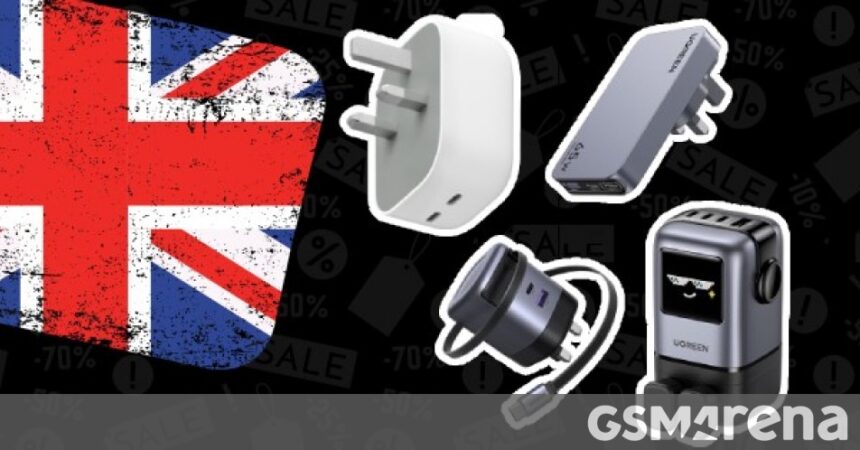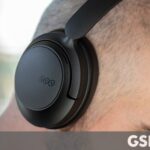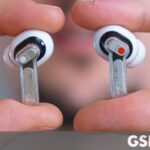Back in the day, phones used to come with chargers – now you’re lucky if you get a cable. The good news is that USB-C and USB charging standards have eliminated the compatibility issues of the past (well, mostly), so all you need is a few good chargers.
That means you have to choose the charger yourself. Here’s what we use. And yes, you will need multiple – for your home, maybe for work and for your car, maybe for travel. We have divided them into groups based on use-cases.
Table of Contents:
Wall chargers
These are the simplest types of chargers around – a wall wart with one or two ports, the kind you used to get in the box. And so, phone brands of chargers are a good place to start.
The Google Pixel Flex Dual Port 67W charger is the first with support for “Adjustable Voltage Supply”, AVS, the standard used by iPhone 17 phones. Either port can drive an AVS device up to 67W, but it also supports basic USB-PD and more advanced USB-PPS. It’s the Charger’s Swiss Army knife and we got one into the office for testing because we expect AVS to gain widespread adoption, while PD and PPS are already widespread.

Samsung hasn’t jumped on the AVS bandwagon, so chargers like the 45W Power Adapter (EP-T4511) only support PD and PPS. It claims super low standby power – “less than 5mW” is the official rating – so it doesn’t waste electricity when you plug it in. A basic USB charger can burn through 0.1-0.5W just doing nothing and if you leave it plugged in for years (which you shouldn’t, but it usually happens, adds up).

Looking at past phone brand chargers, the UGREEN Nexode 65W has a retractable USB-C cable (69cm). It also has one USB-C and one USB-A port on board. You can use this at home and grab it for the occasional trip – plus you can make sure you don’t forget the USB-C cable. For a dedicated travel charger, see the section below.

Alternatively, there is the UGREEN Nexode 65W Slim Charger if it fits snugly behind furniture. By the way, the scabbards are removable, so this is a compact option for travel as well.

For more power, the UGREEN Uno 100W charger offers three USB-C ports and a USB-A port. Using one USB-C port, you get up to 80W of power, with two it’s split 45W+35W. The third USB-C tops out at 20W, while the USB-A port can do up to 22.5W.

Similarly, we also have a range of Anker chargers – the Nano range strikes a good balance between size and power. The Anker 735 Nano II 65W can do up to 65W on one of its USB-C ports (up to 22.5W on the USB-A port) and 40W+12W+12W when all three ports are in use.

If you need a small charger to throw in your backpack when you’re out and about, we’d recommend something like the Anker Nano 30W or 45W. They’re powerful enough to keep your phone charged and you can forget they’re in your bag – the 45W adapter weighs 60g (just a fraction more than the included cable!) and measures 33x32x36.9mm.


The Baseus PicoGo GaN 45W is similar – smaller, delivering 45W with a USB-C and USB-PD and PPS support.

Laptop chargers
Modern laptops usually support USB-C charging – for some, it’s the only charging method, others still have a barrel plug (or, if you’re looking at MacBooks, a MagSafe port). For laptops, you need a charger that can deliver at least 65W and often more. You can also use this to charge large power banks.
Apple added USB-C charging to MacBooks and iPads before it did for iPhones. So it sells powerful chargers like these, 96W and 140W chargers. For a MacBook Air, you don’t need that much, but MacBook Pros will definitely benefit from the extra power. Both chargers only have one USB-C port, but you can use it to charge other devices when the laptop is not in use or running on battery.


Anker’s 140W laptop charger can do up to 140W on one of its two top USB-C ports – enough for all but the most bonkers of gaming laptops. If all four ports are used, the charger delivers up to 65W on the top USB-C port, 45W and 12W on the second and third respectively, and 12W on the sole USB-A port. There is a display that shows the power draw on each port as well as the different modes, e.g. High performance or cooling mode.

You can also go all out with the Anker Prime Charger 250W. It has a total of six USB ports (4x USB-C + 2x USB-A) with the top Type C port delivering up to 140W. However, it can split its power between all available ports – delivering up to 240W/250W with two, three or all ports in use. It has a 2.26” LCD to show status (and a clock too, because why not). A dial on the side controls things like port priority, so you can divide power as you need it.

Car chargers
Newer cars have at least a few USB ports – USB-A or USB-C, depending on the age of the car – and some even have Qi wireless chargers. But not all cars have such ports and often they are not particularly powerful. Wireless Android Auto can drain your phone’s battery surprisingly fast!
We use this 90W UGREEN charger in one of our older cars. Retractable cables are usually nice, but in a car they are very important – you don’t want wires hanging out on your dashboard. And if your passengers also need to charge their devices, there are regular USB-C ports and USB-A ports on board as well. However, if 90W seems excessive, UGREEN also offers a 60W variant.


Anker also has a compact car charger with a retractable USB-C cable – this delivers up to 75W of power and has extra USB-C ports if you need to charge more than one device at a time.

We may earn commissions from qualifying sales.






